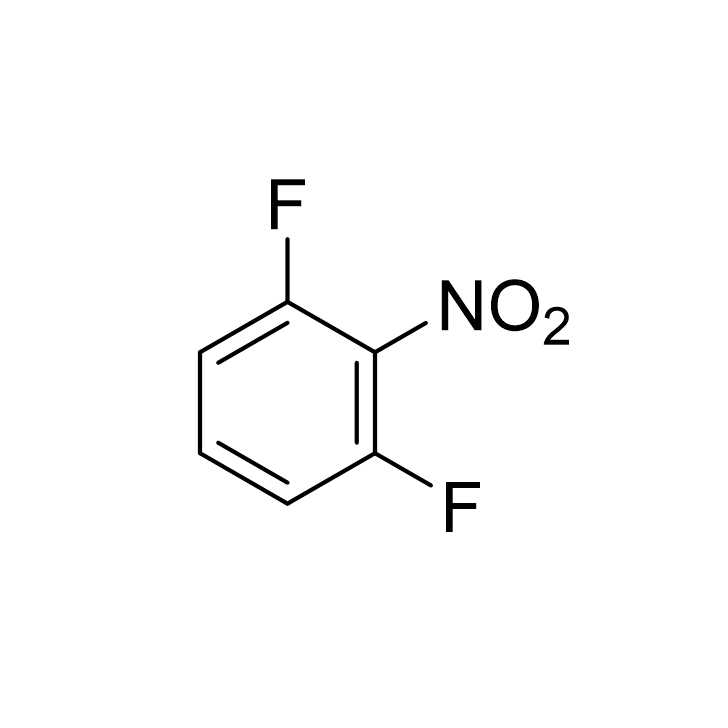- Abemaciclib Intermediates
- Larotrectinib Intermediate
- Ivacaftor Intermediates
- AZD-9574 Intermediate
- AZD-5305 Intermediate
- Delafloxacin Intermediates
- Ponatinib Intermediates
- Baloxavir Intermediates
- Lisapram Intermediates
- Suzetrigine(VX548) Intermediate
- Resmetirol GL3196 Intermediate
- Dotinod Intermediates
- Other Intermediates
2,6-Difluoronitrobenzene CAS:19064-24-5
ZhonghanProduct Overview
2,6-Difluoronitrobenzene, with the chemical formula C₆H₃F₂NO₂, is a compound that plays an important role in the field of organic chemistry. Its CAS registration number is 5332-26-1. It is a colorless to light yellow transparent liquid at room temperature with a pungent odor. The presence of fluorine atoms and nitro groups in its molecular structure gives it unique chemical activity.
ZhonghanStructural formula
Molecular formula |
C6H3F2NO2 |
Molecular weight |
159.09 |
Boiling point |
91-92 °C/11 mmHg (lit.) |
Density |
1.503 g/mL at 25 °C (lit.) |
Appearance |
powder to block to transparent liquid |
Color |
Pale yellow to yellow to green |
Melting point |
0C |
Refractive index |
n20/D 1.494 (lit.) |
Flash Point |
190 °F |
Storage conditions |
Inert atmosphere, Room Temperature |
Water solubility |
Slightly soluble in water |
ZhonghanPhysical properties
Melting point: -21°C
Boiling point: 185 - 187°C
Density: 1.441 g/mL (25°C)
Solubility: Insoluble in water, soluble in organic solvents such as ethanol, ether and benzene.
ZhonghanApplication Areas
1. Pharmaceutical synthesis: It is a key intermediate for the synthesis of a variety of new fluorine-containing drugs, such as some antibacterial and antiviral drugs with special therapeutic effects. By introducing 2,6-dioxynitrobenzene structure, the activity and targeting of drugs can be significantly enhanced;
2. Pesticide preparation: used to synthesize high-efficiency, low-toxic, and environmentally friendly pesticides to improve the control effect of pesticides on pests and weeds while reducing the impact on non-target organisms;
3. Materials Science: It plays an important role in the synthesis of organic optoelectronic materials and high-performance polymer materials, and helps to improve the optoelectronic properties, thermal stability and mechanical strength of the materials.

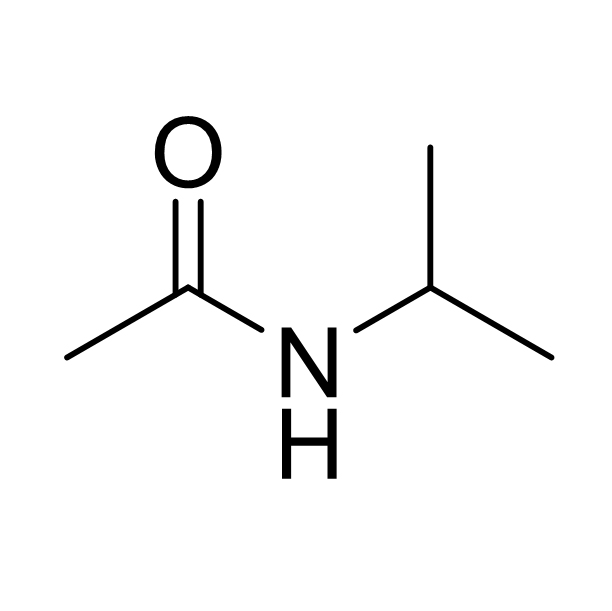
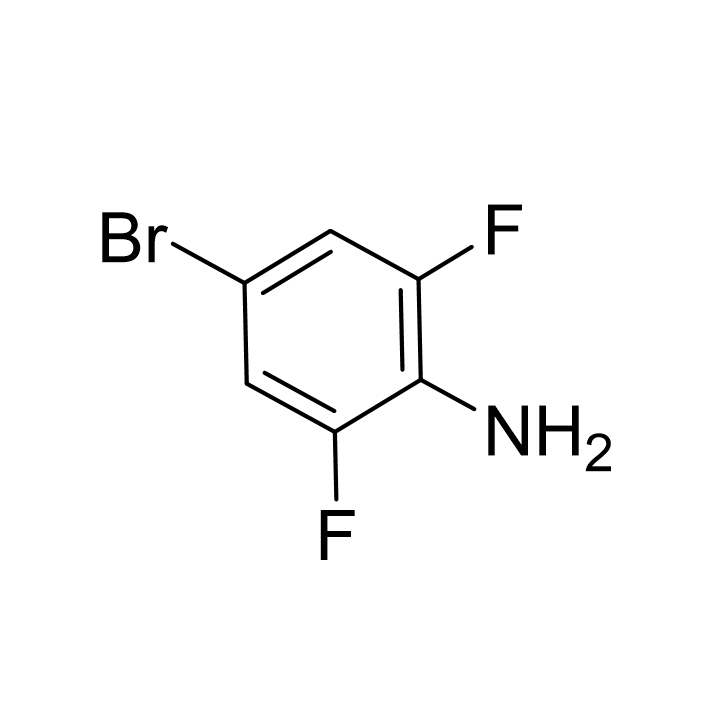
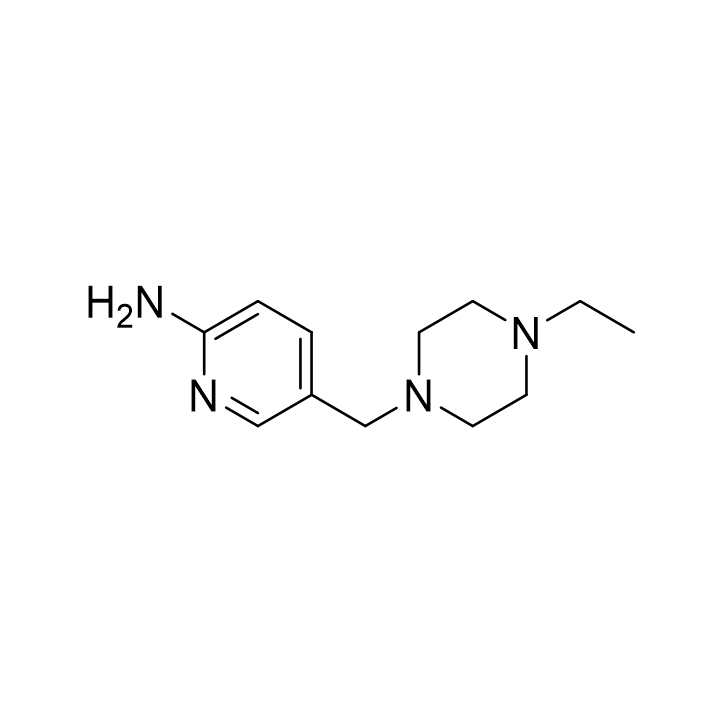
![6-Bromo-4-fluoro-1-isopropyl-2-methyl-1H-benzo[d]imidazole CAS:1231930-33-8](/source/9e9faa51f944bc7ac934c145f661fec3/cas1231930-33-8.jpg)
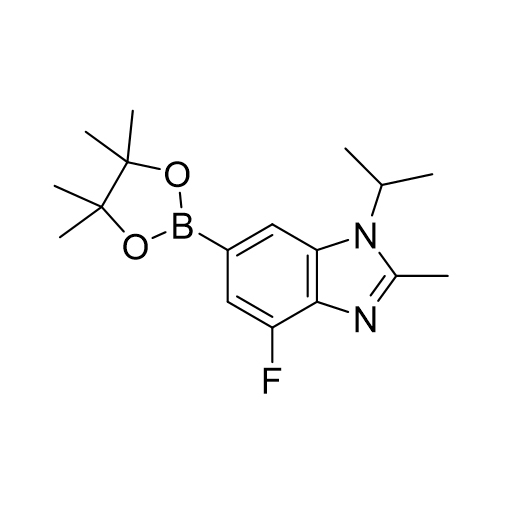
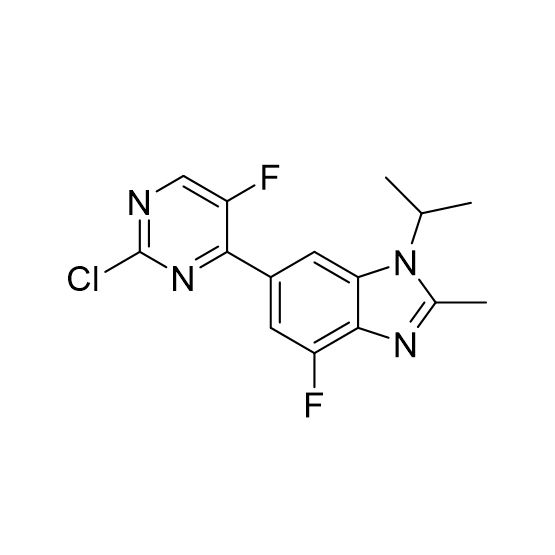
![5-Hydroxypyrazolo[1,5-a]pyrimidine CAS:29274-22-4](https://ecdn6.globalso.com/upload/p/3069/image_product/2025-02/cas29274-22-4.jpg)
![5-Chloropyrazolo[1,5-a]pyrimidine CAS:29274-24-6](/source/2d2e4c8649a6444c8114fbceac0e361d/cas29274-24-6.jpg)
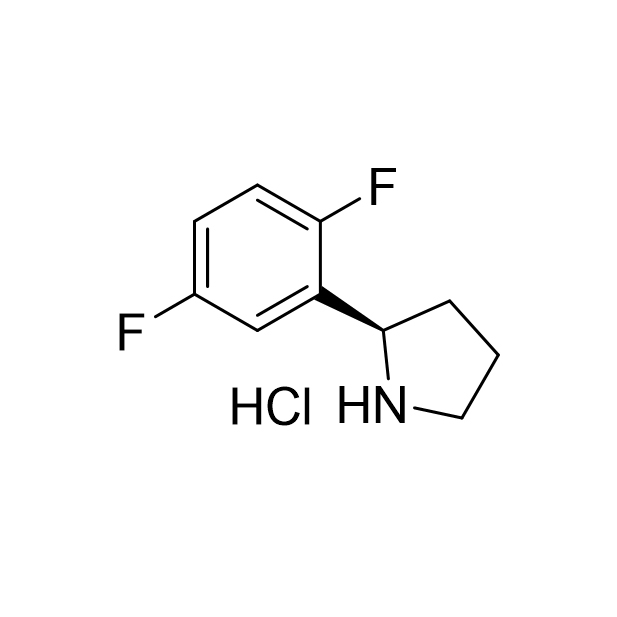
![5-Chloro-3-nitropyrazolo[1,5-a]pyriMidine CAS:1363380-51-1](/source/c735e97d9d2434baa533916048357d17/cas1363380-51-1.jpg)
